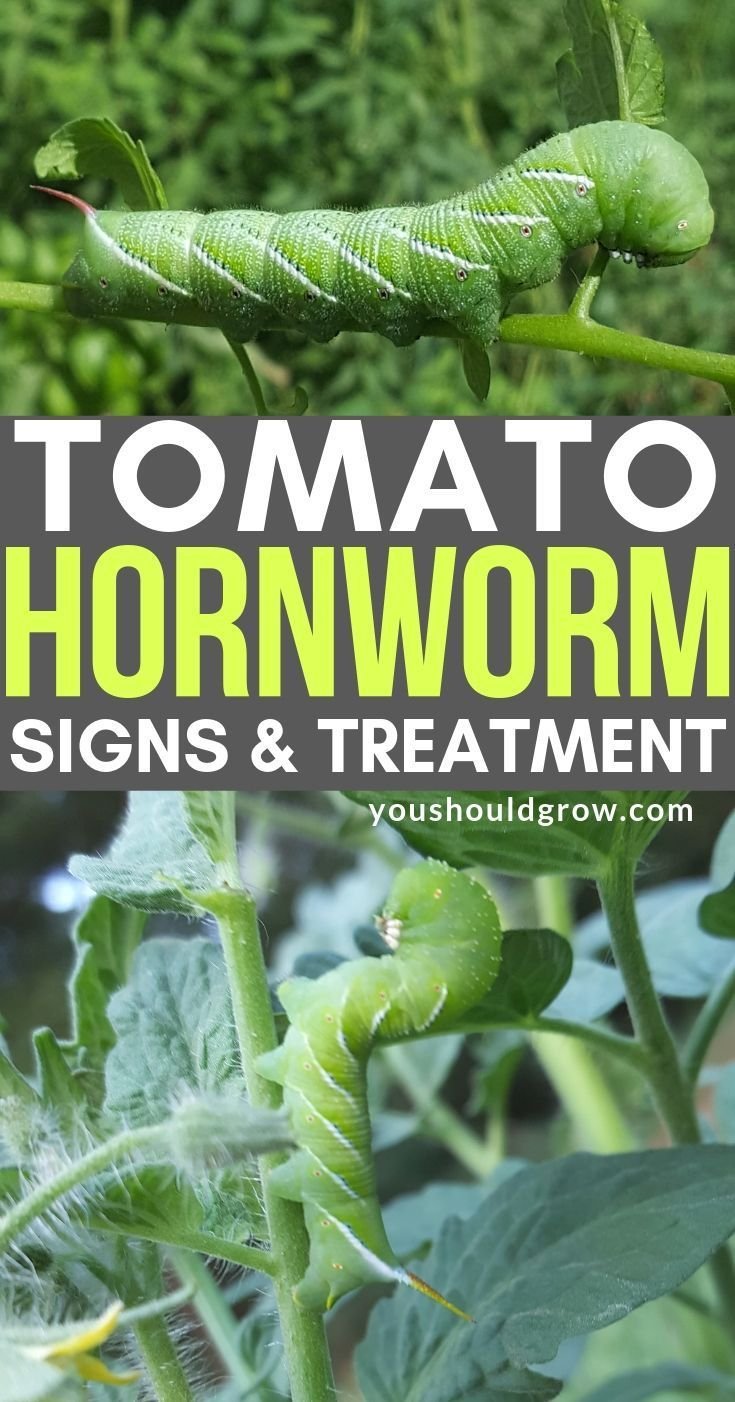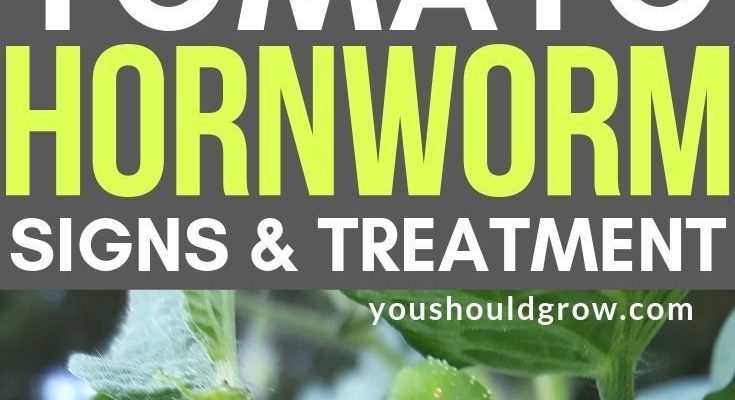
Instead of reaching for chemicals, think of your yard as a small ecosystem. Just like how we have birds, bees, and butterflies, those pests have their natural enemies too. By encouraging these friendly neighbors, you can tackle hornworm problems naturally. In this guide, I’ll walk you through some effective ways to deal with hornworms without the need for any chemical sprays or treatments. You might be surprised at how simple and even fun these methods can be!
Identifying Hornworms
Before you can tackle hornworms, you need to know what they look like. Typically, these pests are large, green caterpillars about 3–4 inches long. They have a distinctive horn-like projection on their rear end, which gives them their name. Often, they blend in easily with the leaves of your plants, making them hard to spot at first. Here’s where it gets tricky!
Keep an eye out for signs of their presence, such as:
- Large holes in the leaves.
- Droppings that look like tiny pellets on the ground or on your plants.
- Finding them directly on the stems or leaves—usually during the evening when they like to munch the most.
Once you know how to identify these creatures, you’ll be better equipped to manage their presence. Think of yourself as a detective on the lookout for clues. And trust me, the sooner you catch them, the less damage they will cause.
Handpicking Hornworms
Now that you know what to look for, let’s dive into one of the oldest and most straightforward methods of hornworm removal: handpicking. I know it may sound a bit gross—after all, these are big, squishy caterpillars—but hear me out.
This method is effective and chemical-free. Simply check your plants daily, especially on the undersides of leaves. If you spot a hornworm, gently pluck it off and dispose of it.
Here’s how to do that:
1. **Wear gloves** if you prefer! It keeps things clean and less icky.
2. **Look closely** at the leaves where hornworms like to hide.
3. When you find one, **pinch it gently** and remove it from the plant.
4. You can toss it in a bucket of soapy water to ensure it won’t return.
This strategy works well, especially if you have a small garden. Plus, it’s a great way to get up close and personal with your plants. Who knows? You might just spot other little miracles of nature along the way!
Encouraging Natural Predators
Here’s the thing: everything in nature has its role, and hornworms have a few natural enemies that can help keep their population in check. Birds, wasps, and even other insects love to snack on hornworms. By inviting these helpful guests into your garden, you create a balance that naturally reduces the hornworm population.
To attract these predators, you can:
- **Plant flowers** that attract beneficial insects like ladybugs and lacewings.
- **Provide a birdbath** or feeder to invite local birds.
- **Create a habitat** with native plants that support local wildlife.
You might be wondering how long this takes to work. Well, it’s a long game, but with patience, you’ll notice fewer hornworms as the predator population increases. It’s like hosting a party—invite the right guests, and they’ll take care of the problem for you!
Utilizing Diatomaceous Earth
Another effective method to manage hornworms without chemicals is diatomaceous earth (DE). This natural powder is made from tiny fossilized aquatic organisms. When hornworms come into contact with it, it acts like a fine sandpaper, dehydrating and eventually killing them.
Using diatomaceous earth is simple:
1. **Sprinkle it** around the base of your plants and on the leaves themselves. Just make sure to do this when the plants are dry for the best effect.
2. After a rain or watering, **reapply** it to maintain its protective barrier.
Diatomaceous earth is safe for humans and pets, making it an excellent choice for organic gardening. Just be careful not to breathe in the dust when applying it! It’s like a protective shield that keeps pests at bay without harming your garden.
Using Homemade Sprays
If you’re looking for something a bit more hands-on, consider making a homemade spray. There are several recipes you can try, but here’s a simple one that many gardeners swear by: a mixture of water and soap.
To make this spray:
1. **Mix** two tablespoons of dish soap with a quart of water.
2. **Fill a spray bottle** with the mixture.
3. **Spray directly** on the hornworms and the area where they are feeding.
This soap solution suffocates the pests without hurting your plants. Plus, it’s a simple, non-toxic way to keep those pesky hornworms in check. Just remember to reapply after rain or watering!
Implementing Companion Planting
Companion planting is another fantastic strategy. This involves planting certain plants together to help deter pests naturally. For hornworms, consider planting **basil** or **marigolds** near your tomatoes and peppers. These plants can confuse or repel hornworms, making it harder for them to find your main crops.
Here’s how to make it work:
– **Plan your garden layout** to include these companion plants. They don’t just look pretty; they serve a purpose!
– **Mix and match** your plants in a way that they can benefit each other. Think of it as creating a supportive community in your garden.
When plants work together like this, it helps reduce the need for intervention and promotes a healthy, thriving ecosystem.
Monitoring and Regular Maintenance
Finally, one of the most effective strategies for managing hornworms is simply regular monitoring and maintenance of your plants. By spending a little time each week in your garden, you’ll notice problems (including hornworms) early before they escalate.
Here are some maintenance tips:
– **Inspect your plants regularly**, especially during the growing season.
– **Trim dead or yellowing leaves** where hornworms like to hide.
– **Keep your garden clean** to remove any debris that could harbor pests.
By staying proactive, you’ll not only control hornworm populations but also promote the overall health of your garden. Think of it like checking in with friends—you catch up and ensure everything is okay before bigger problems arise.
At the end of the day, removing hornworms without chemicals is a mix of vigilance, natural methods, and a little creativity. With these tips, you’ll not only protect your plants but also foster a thriving ecosystem right in your backyard. Gardening is all about balance, and with the right techniques, you can enjoy a healthy, vibrant garden free from harmful chemicals. Happy gardening!

